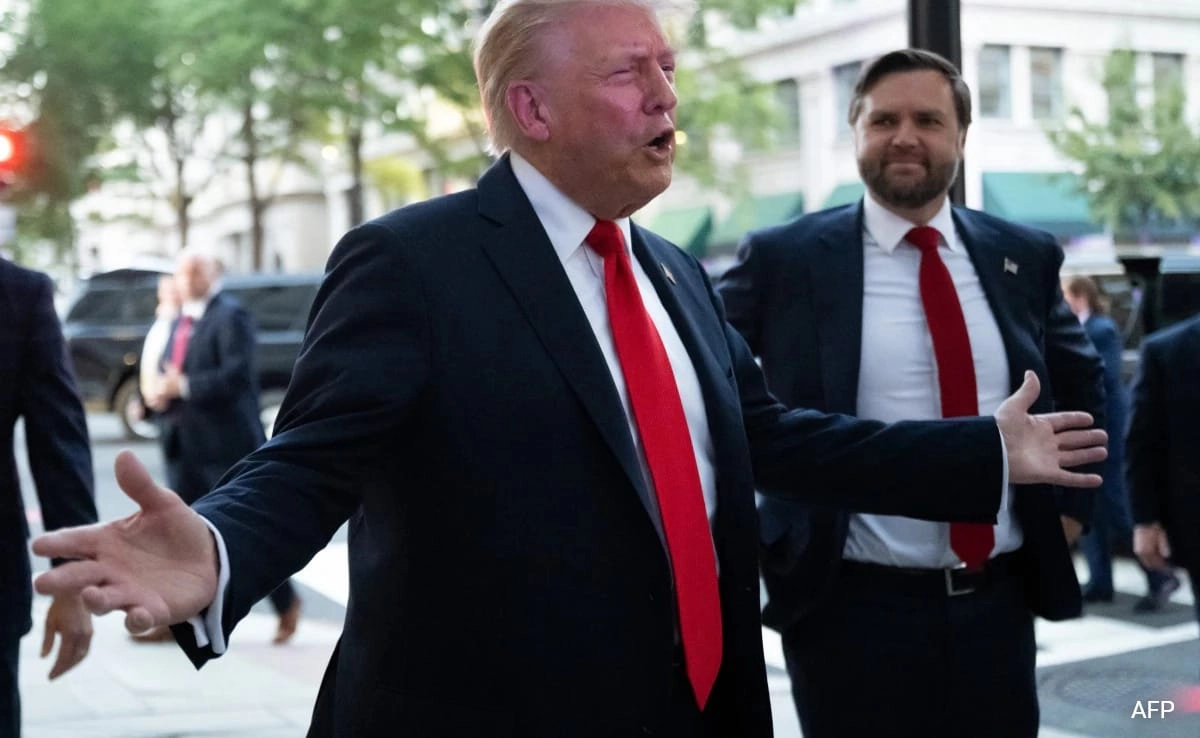The H-1B visa program, which allows U.S. employers to temporarily employ foreign workers in specialty occupations, has undergone significant changes that prospective applicants should be aware of. One of the most notable updates is the introduction of a hefty $100,000 fee for new applicants seeking to obtain this visa. This increase is likely aimed at addressing the high demand for H-1B visas, which has often outstripped the available supply. By implementing such a substantial fee, the government is not only attempting to regulate the influx of new applicants but also to generate additional revenue that could be funneled into various immigration and workforce programs.
For current H-1B visa holders, the news is somewhat more favorable. Those who already possess an H-1B visa will have the opportunity to re-enter the United States, easing concerns for individuals who may have temporarily left the country due to travel restrictions or personal reasons. This provision is particularly significant in light of the uncertainties brought about by the global pandemic and ongoing geopolitical issues. It allows skilled workers to maintain their employment status in the U.S. and ensures that companies can retain valuable talent without unnecessary disruptions.
The implications of these changes extend beyond just the financial aspect. The increased fee could deter some potential applicants, particularly those from countries where the cost of obtaining an H-1B visa may represent a substantial financial burden. As a result, this could lead to a shift in the demographics of H-1B visa holders, with fewer applicants from lower-income countries. Furthermore, the ability for current holders to re-enter the U.S. underscores the importance of retaining skilled labor in the American workforce, which is critical for maintaining the country’s competitive edge in various industries, including technology, engineering, and healthcare.
Overall, the modifications to the H-1B visa program reflect broader trends in U.S. immigration policy, which seeks to balance the need for skilled foreign labor with the necessity of protecting domestic job markets. As the landscape of work continues to evolve, both employers and potential applicants must stay informed about these changes to navigate the complexities of the visa application process effectively. The new fee structure and re-entry provisions present both challenges and opportunities, making it essential for stakeholders to adapt their strategies accordingly.




